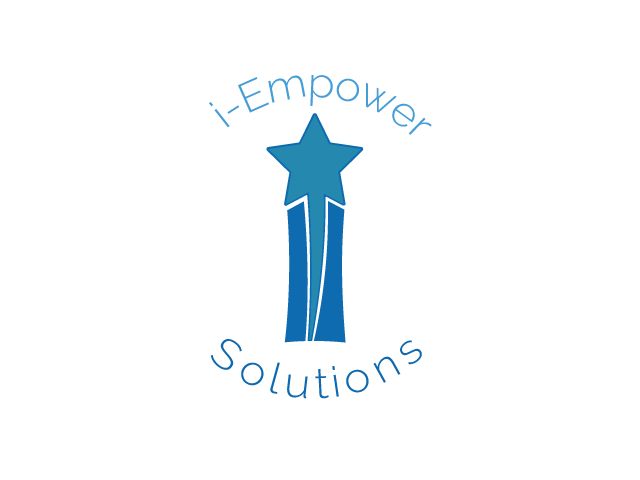PTSD and Our Veterans
I want to discuss a very important topic in honor of Veterans Day. PTSD is a common mental health issue that is particularly common among veterans. It is the result of witnessing traumatic events. This can be an extremely debilitating condition without proper treatment. As Americans, we must understand combat's long-lasting impact on our heroes. The effects of PTSD go beyond individual suffering—they impact families and communities.
Veterans with PTSD may face symptoms such as flashbacks, nightmares, emotional numbness, and anxiety. These symptoms can profoundly affect their ability to integrate into civilian life again, hold employment, and maintain personal relationships. Also, it’s important to note particular war eras have higher rates of PTSD(such as our most recent wars). We must keep in mind that PTSD is not a weakness; it’s a response to extremely disturbing experiences. It is a mental health condition that needs to be addressed by a professional. But what can we do to better support our heroes with emotional wounds?
If you notice your loved one struggling, remind them that help is available. PTSD from combat can be complex to recognize, especially years after combat. Remember, they’ve had unique traumas, so avoid saying comments like “I can relate…” or “I know how that feels.” Allow them to have the space to talk without pushing them. Please encourage them to join support groups and advocate for education and positive change around this topic. Here are some good resources if you know anyone you’d like to seek help for US Department of Veteran Affairs and Wounded Warriors.
So today, on Veteran’s Day, let’s reflect on this. Let’s take the time to think about the brave men and women who put their mental health on the frontlines for our freedom. Let’s stay educated so we can work hard to prevent tragedies like soldier suicide and homelessness among veterans. We have so much freedom in this wonderful country, so learning how to support the people who fought to protect it is essential.
